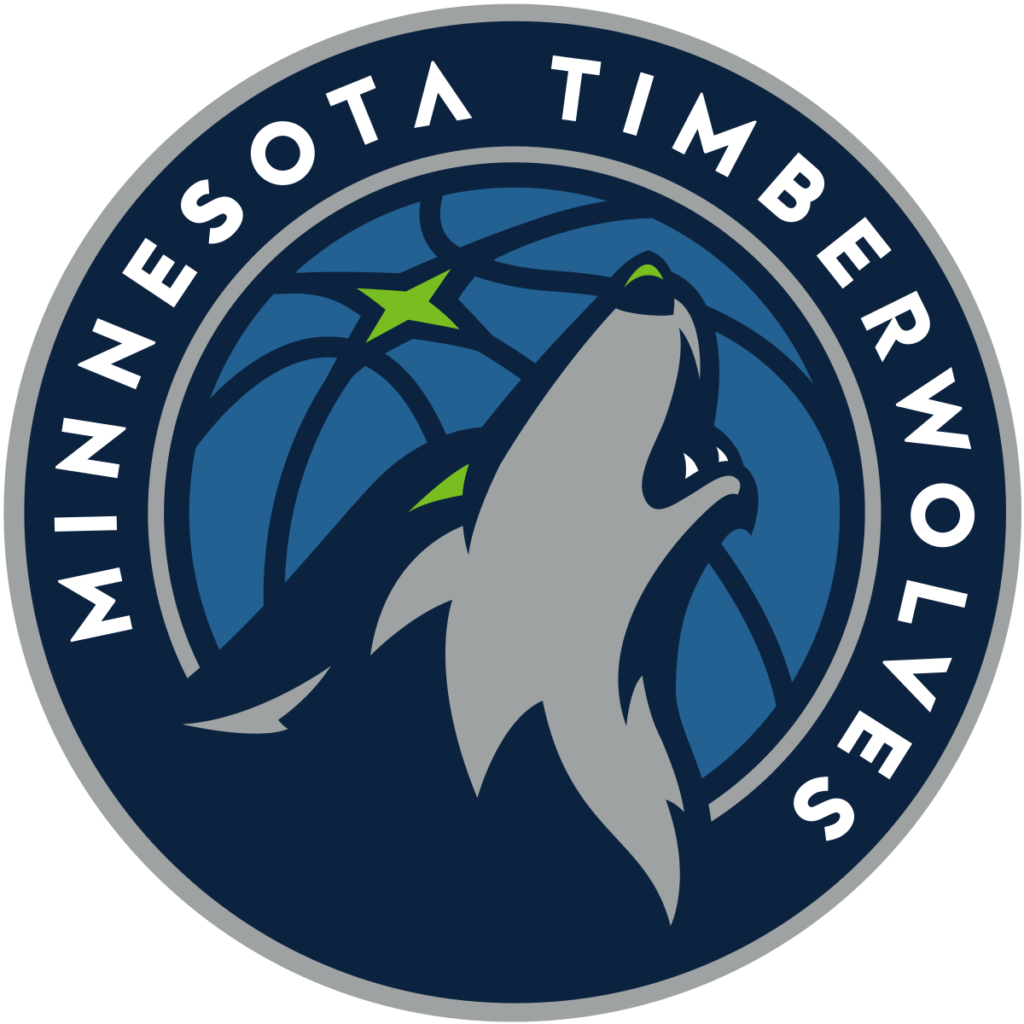Commodities and sports typically don’t go together most years. However, this fall, the two topics have come together in an interesting way.
Being a long-time sports broadcaster, I’ve noticed that when the major sports seasons wrap up, certain sports media love to immediately do what they call a “way-too-early” look to the next season. Evidently, it’s not just a sports thing.
I know harvest is just ramping up in many areas as I write this, but Farm Futures took what some might think is a “way-too-early” survey of planting intentions for 2023, and I couldn’t pass it up. It looks like corn will be king once again next spring among all commodities.

Jacqueline Holland is the grain market analyst for Farm Futures, and she wrote an article about the survey. She says the way-too-soon survey results are favoring corn for spring planting despite some challenges that come with the commodity.
“Even with higher fertilizer prices, farmers are still prepared to go all-in on corn,” she said. “Our survey found that farmers expect to plant 94.3 million acres of corn, a five percent increase from USDA’s current acreage estimates.”
If that prediction is realized, it would be the most corn planted in the U.S. since 95.4 million acres went into the ground in 2013. While soybean acres will be behind corn next year, U.S. growers are still sowing a lot of beans during spring planting in 2023.
“We expect farmers to plant 87.3 million acres of beans,” Holland said. “That’s almost a one percent decrease from this year’s acreage.” Cotton is one of the reasons that soybean acreage is going to drop a little. In the Mississippi Delta, a lot of acres in that region are going to provide “stiff competition” for soybeans during spring planting.
They also expect wheat acres to rise in 2023 thanks to more winter wheat acres in the Eastern Corn Belt. Farm Futures expects growers to plant 36.6 million acres of winter wheat. With more winter wheat acres going in the ground, spring wheat acres will back up from this year, with the 2023 estimate at 12.3 million acres.
“That means a grand total of 48.9 million acres of wheat will be planted in 2023,” she said.
Holland admits she was a little surprised at the survey results. She says there was a lot of price responsiveness to the rapidly-rising fertilizer prices heading into spring planting this year.
“When farmers were making their planting decisions in December last year, soybean prices were rallying strongly,” Holland recalled. “But with all of the issues we’ve seen with the flow of corn in the Black Sea this year, as well as the U.S. corn crop struggling with drought, corn has some bullish prospects for next year.”
She says if we do see a larger corn acreage next year, that might lead to some expansion back in the cattle market. In turn, that would likely revive some corn acreage in the Plains. Remember, about three million acres of corn went into prevent plant in the spring of this year.

“A lot of those acres were in the Dakotas and Minnesota,” she said. “Barring another bad weather event next year, I expect those acres to go back into corn in 2023.”
Farm Futures also has other questions in their survey beyond commodities and planting intentions. Those questions include where farmers are headed with input costs next year. Based on the survey responses, Holland says profit margins are going to shrink next year. The question is, how much?
“As of right now, it doesn’t look like growers are going to skimp on any fertilizer applications,” Holland said. “Most responses show farmers are ready to lock in their fertilizers at the lowest prices they can get. That will hopefully keep at least some liquidity in these crop budgets.
“We’ll see how these things ultimately shake out for planting and commodities,” she added. “There’s a long time between now and next spring.”



